Reach car shoppers anytime, anywhere with true omnichannel retailing.
We have been delivering groundbreaking , digitally-driven automotive retailing solutions for OEMs and over 1,500 dealerships in North America for more than a decade. Our solutions modernize the consumer car purchase experience and bring profitability and efficiency to dealership processes.
Trusted by global automotive brands



Our Automotive Retailing Solutions

Flexible Solutions for Your Business
Our ever-evolving feature set and product offering are designed to meet current and future car buying trends.
Whatever your needs, Motoinsight’s digital toolkit has everything required to bring a modernized retail experience to your clients and teams.
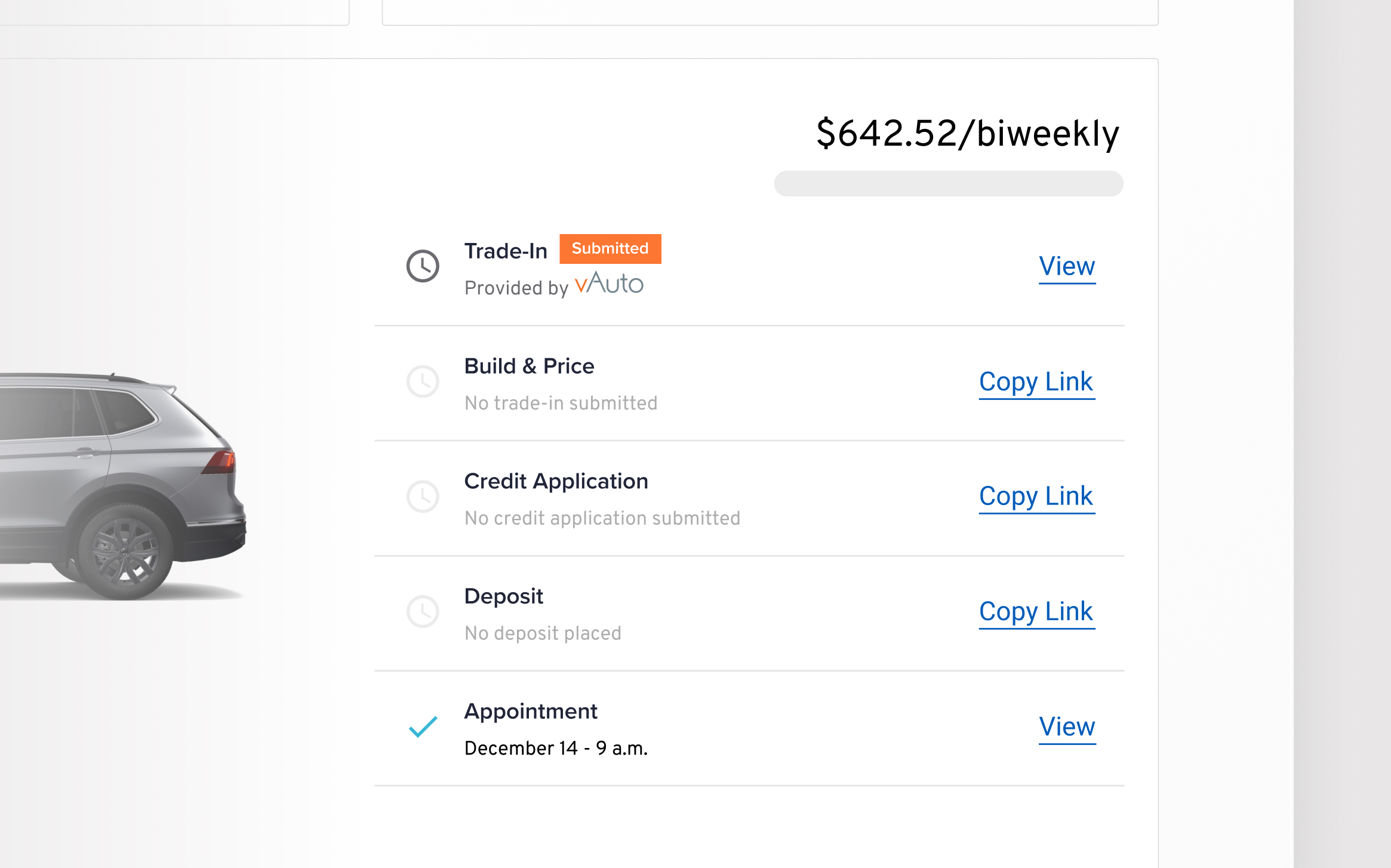
Create & Close More Sales Opportunities
You want high quality opportunities and engaged prospects. We have the tools to guide your customers in their shopping journey with ease, while increasing buyer commitment and bringing 3x the closing ratio to all your opportunities.
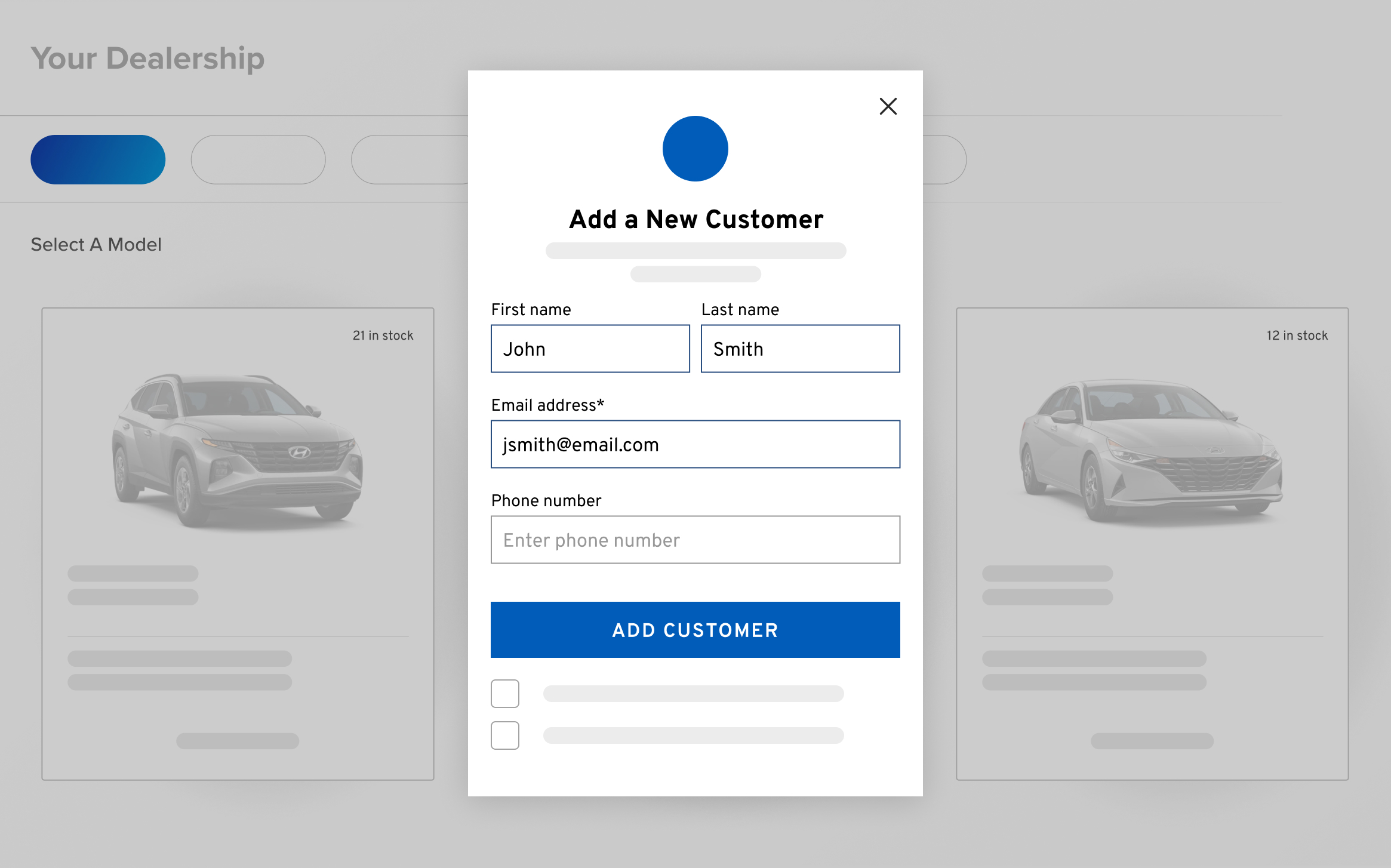
Let Customers Shop Wherever & However
Allow their customers to shop across all channels, platforms, and devices. It’s a model most consumers now expect in all their buying experiences, including purchasing a vehicle.
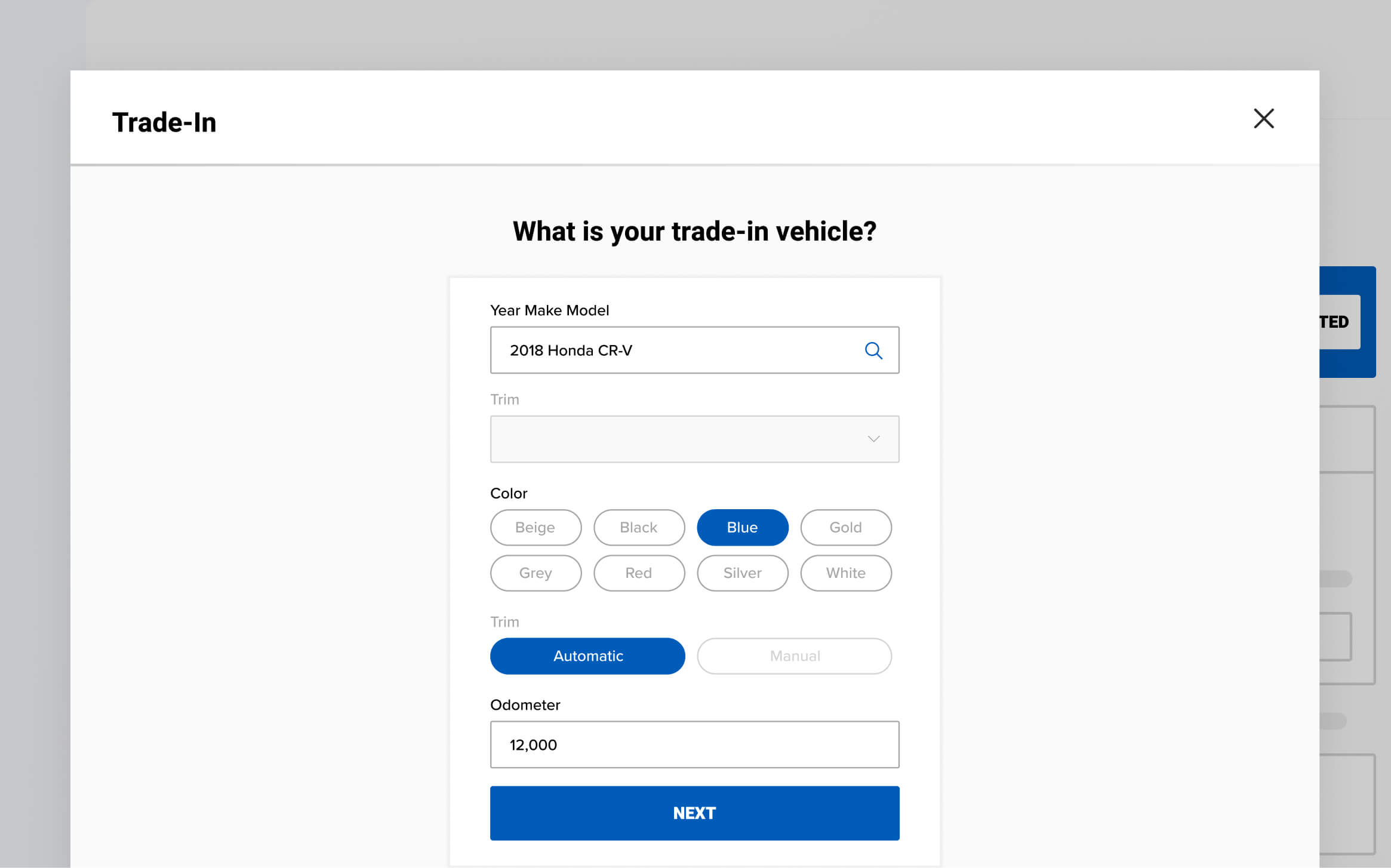
Increase the Volume and Quality of Your Vehicle Acquisitions
Inventory shortages are an ongoing challenge. To maintain profits on top of high quality sales opportunities, you also need high quality private trade inventory. We can help with that.
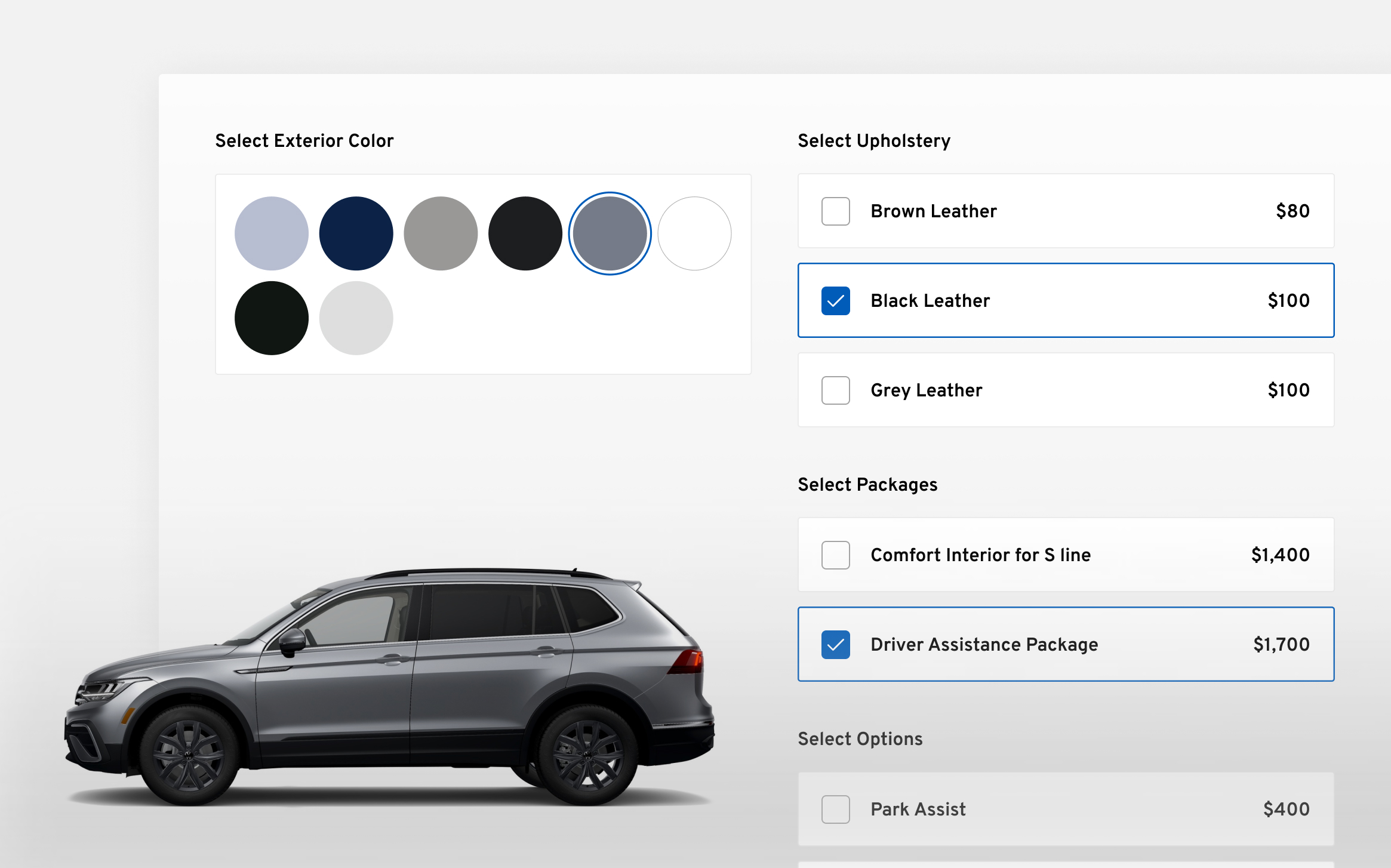
Build Vehicles, Create Quotes and Engage Prospects
Get ahead of your competition and secure inventory allocation for your dealership. Plus, engage with customers even if their preferred vehicle isn’t in stock.
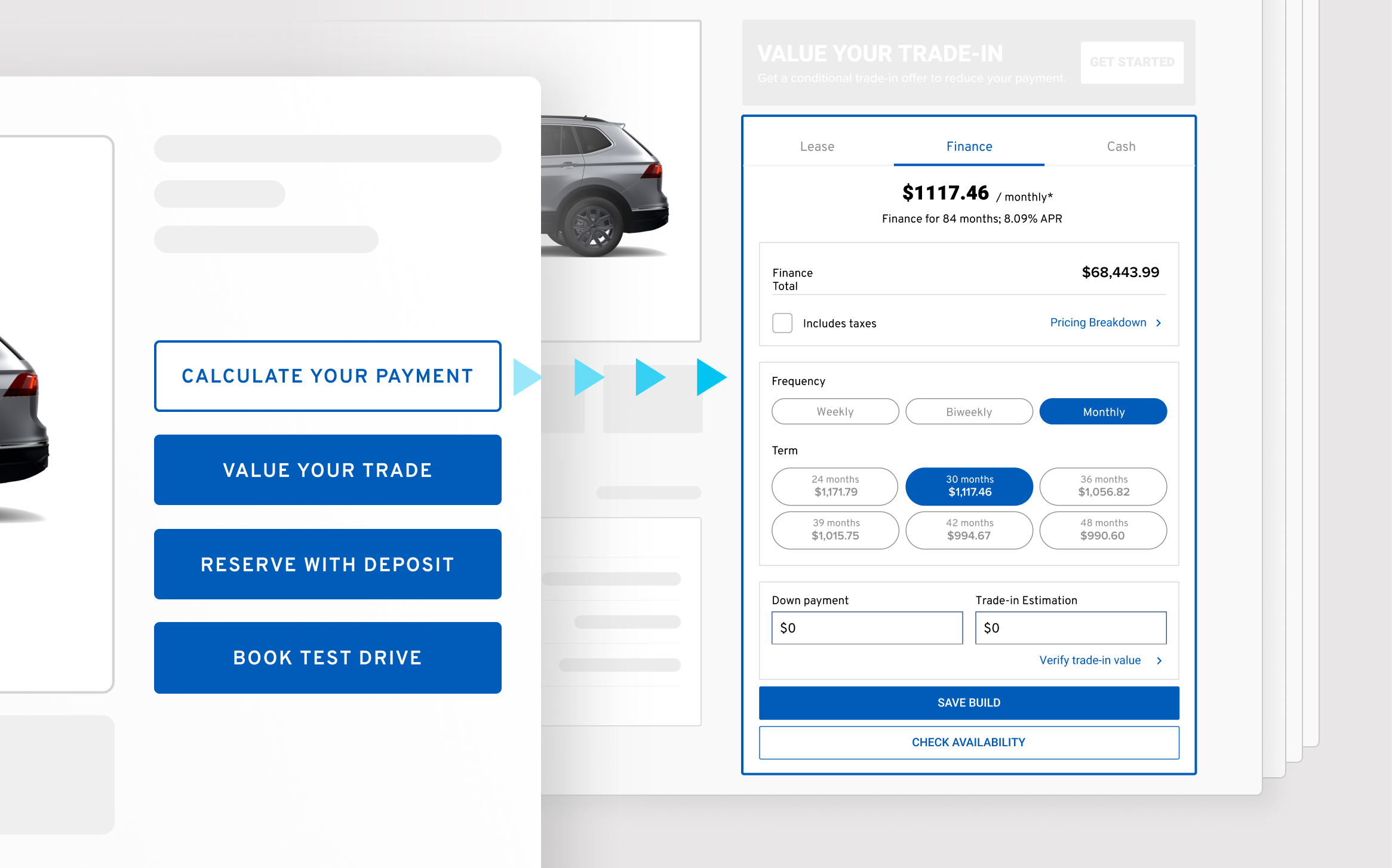
More Than Just a Cookie-Cutter Solution
We understand that each of our clients’ needs and businesses are unique. A strategic focus on custom setups and integrations will help optimize your modern retailing for long-term success.
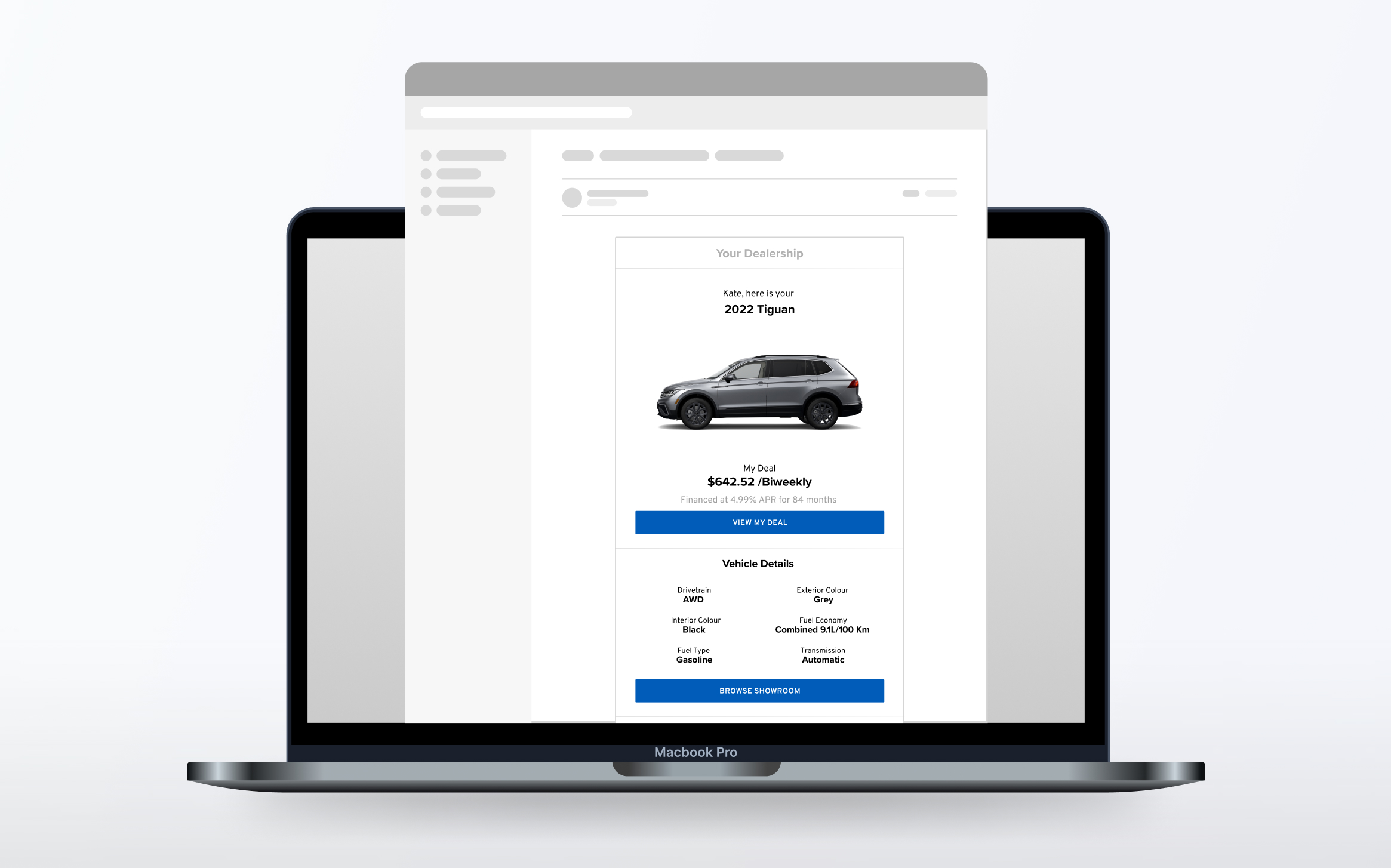
Streamline Workflows with Built-in Automation
Gain back valuable time and increase your efficiency by leveraging our automated features to support customer engagement, re-engagement and funnel conversion efforts.


Automotive Retailing ROI with MotoCommerce

Hear How Dealers Are Succeeding with MotoCommerce
DEALER CONVERSATIONS
River City Ford
“We cut down our showroom visit from 3 hours to 1 hour”

The more that you use it, the more effective it becomes. It’s like extending the test drive, but they’re test driving from home. The customer has this cart, and they can change it, and they can adjust it. When a customer starts opening their account, it creates a lot of buzz here in the store.
Deal closure rates have increased substantially since we committed to using MotoCommerce. Digital retail is a key component to our business. Ongoing training and product support reinforce best practices and help us celebrate success. Customers comment on the ease of doing business.
I love the platform! It really facilitates the vehicle transaction, especially knowing what's happening in real time in the customer's cart. It makes the transaction simple, efficient and, above all, very pleasant for both the customer and the dealership.
Ready to take MotoCommerce for a test drive?
See why over 1,500 dealerships and OEMs are using MotoCommerce as their modern retailing solution.
